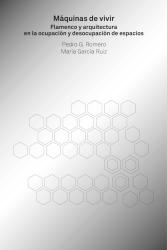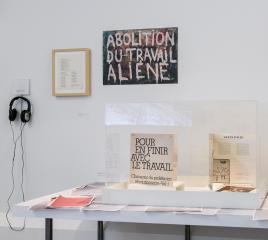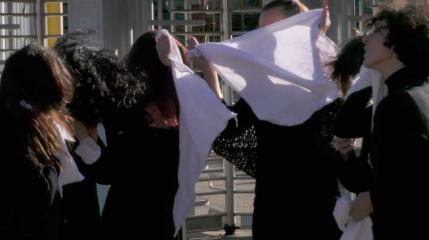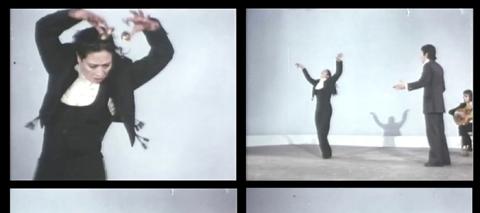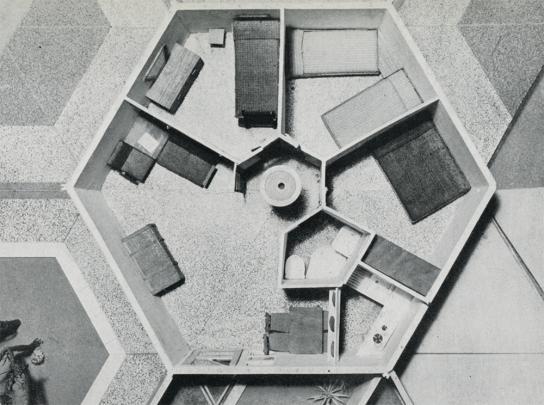¡Ahora bailo yo! [now it’s my turn to dance!]
Leonor Leal, María García
19.04.2018
About Mario Maya’s Camelamos naquerar, from the Teatro Gitano-Andaluz, regarding texts written by José Heredia Maya
Theatrical conference with singing and dancing
In collaboration with El Dorado Sociedad Flamenca Barcelonesa
Thursday 19 April, 8 p.m.
Place: El Dorado SFB (Centre Cívic del Parc Sandaru, carrer de Buenaventura Muñoz, 21)
Free entrance. Limited places
“I’m dancing because you exist!” This marks the beginning of the performance entitled Camelamos naquerar, which was first performed by the great flamenco dancer and choreographer Mario Maya in 1976.
Camelamos naquerar means “we want to talk” in the caló language. So, could a flamenco dancer have their own voice in addition to their feet, hips or arms? Could they count, write, read, display and even dance the material spanning this performance? Various fragments and footsteps of this mythical performance are staged, filtered by the body and experience of the flamenco dancer. What form would siguiriyas take today? What is the role of women in the performance? Talking and dancing are some of the questions posed by naquerar.
Leonor Leal. A graduate in Classical and Spanish Dance from the Seville Conservatory of Dance, and in Music Teaching from the University of Seville, she has now been performing on stages around the world as a flamenco dancer for more than 15 years, in doing so collaborating with various companies and, since 2008, has performed independently. She is continuing her research work by studying a Master’s degree in Theatre and Cultural Vision at the University of Cuenca, in collaboration with the Reina Sofía museum.
The Machines of living. Flamenco and architecture in the occupation and vacancy of spaces exhibition unravels its performative dimension with these public activities. Three updates of three case studies are presented, which form part of the environment known as Theatre Space, from which it is noted how gypsy and flamenco artists, with regard to political demands in the late Franco regime and the transition to democracy, and in the area of theatre in particular, were aware of the spatial transformations on display in the exhibition, and how the new ways of inhabiting territory required a certain deterritorialisation of the old stages.




